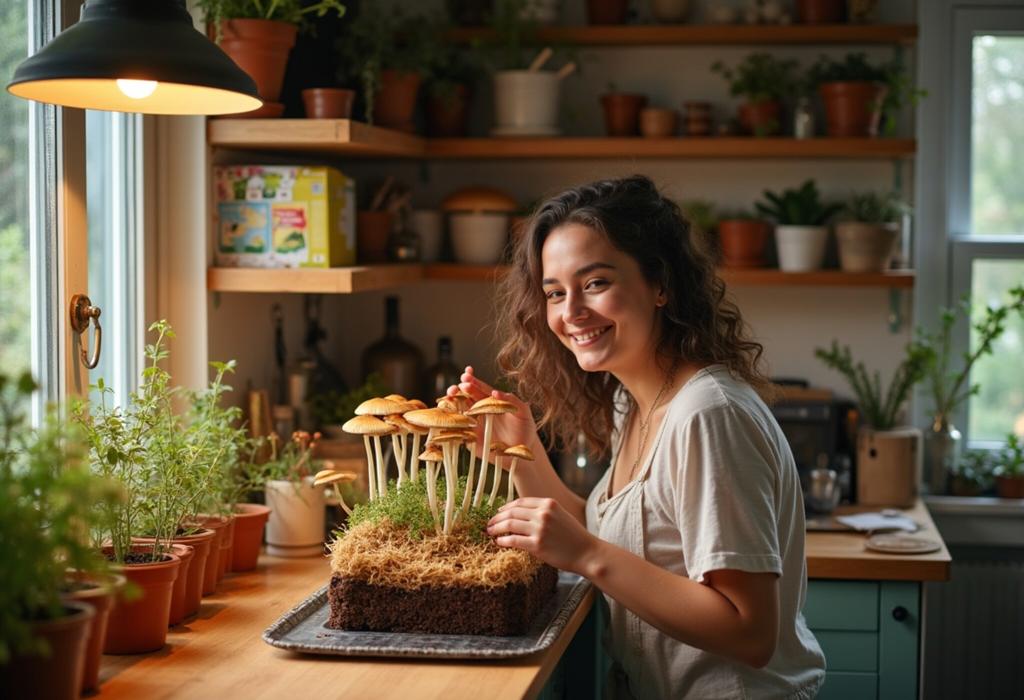For more details on this content, please review the step-by-step guide and frequently asked questions.
How To Start a Fungal Garden at Home

Step-by-Step Guide
Understanding Fungi
Learn about different types of fungi, including edible and medicinal varieties. Understand their importance in ecosystems and their uses in cuisine and health.
Choosing the Right Fungi
Select the type of mushrooms or fungi you want to grow based on your preferences and climate. Popular options for beginners include oyster mushrooms, shiitake, and lion's mane.
Gathering Supplies
Collect the necessary materials: mushroom spores or spawn, substrate (straw, sawdust, or coffee grounds), containers (like bags or jars), a spray bottle for moisture, and a growing environment (dark, humid area).
Preparing the Substrate
Prepare your chosen substrate by sterilizing it to eliminate contaminants. This can be done using methods like boiling, steaming, or pressure cooking.
Inoculating the Substrate
Once the substrate cools down, mix it with your mushroom spawn. This process is known as inoculation and should be done in a clean environment to prevent contamination.
Incubation Phase
Place the inoculated substrate in a container with small holes for air. Keep it in a warm, dark place for a few weeks, allowing the mycelium to grow. Monitor regularly for signs of contamination.
Creating the Right Environment
Once the mycelium has colonized the substrate, it's time to create a fruiting environment. Move the containers to a cooler place with indirect light and high humidity. Use a spray bottle to maintain moisture.
Harvesting the Mushrooms
After a few days to a week, you should start seeing mushroom pins. Allow them to grow until they reach your desired size. Harvest by twisting gently, and avoid cutting them off to reduce damage to the mycelium.
Storing and Using Your Mushrooms
Store freshly harvested mushrooms in a paper bag in the refrigerator for the best shelf life. Utilize them in your cooking, salads, or drying them for long-lasting use.
Maintaining Your Fungal Garden
If you're keen to continue growing, you can help replenish your substrate with additional spawn or prepare a new batch. Additionally, keep a clean environment to enhance your fungal garden's productivity.








